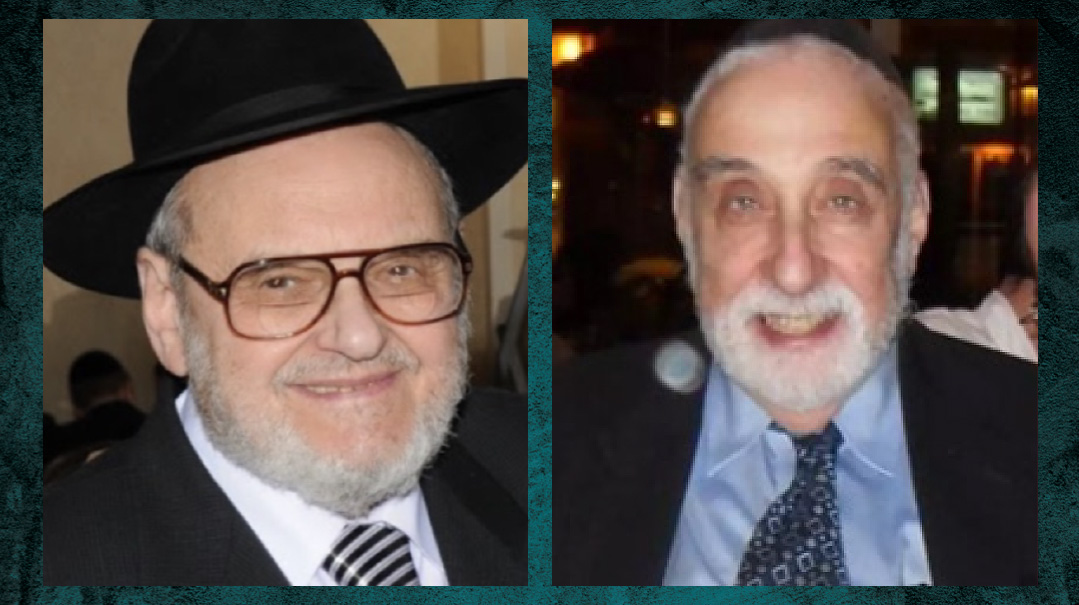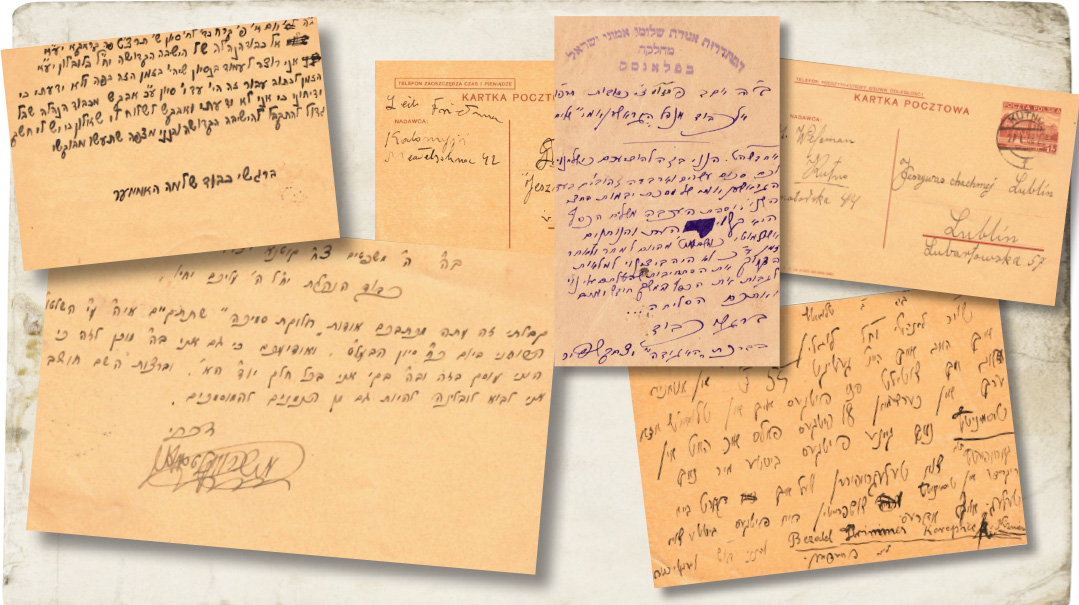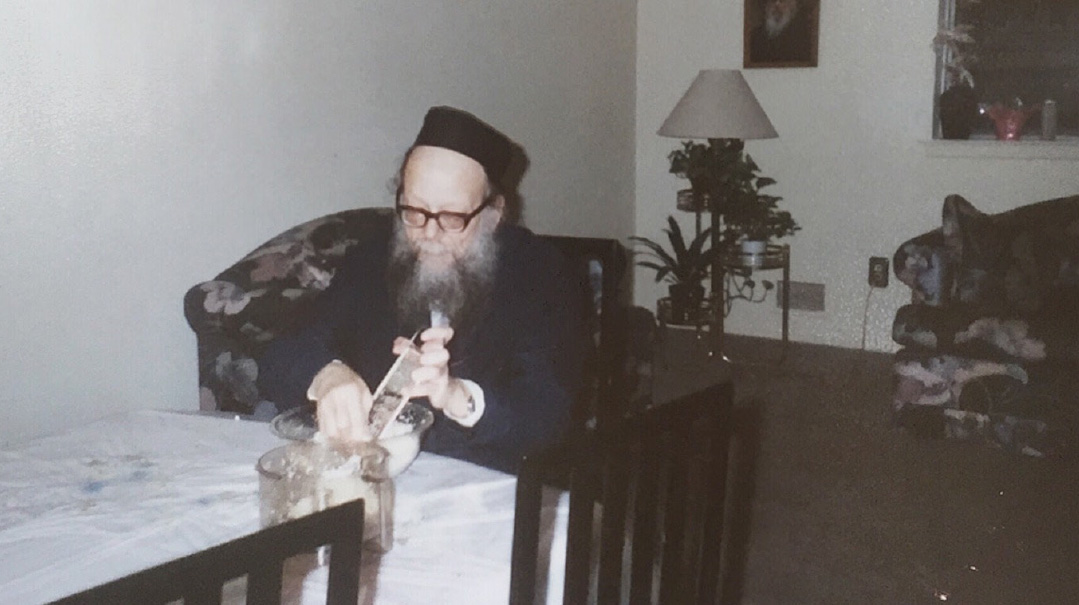The Moment: Issue 980
| September 26, 2023The Rebbe was adamant that he did not want the talmidos to occupy the building without first davening a tefillah for success
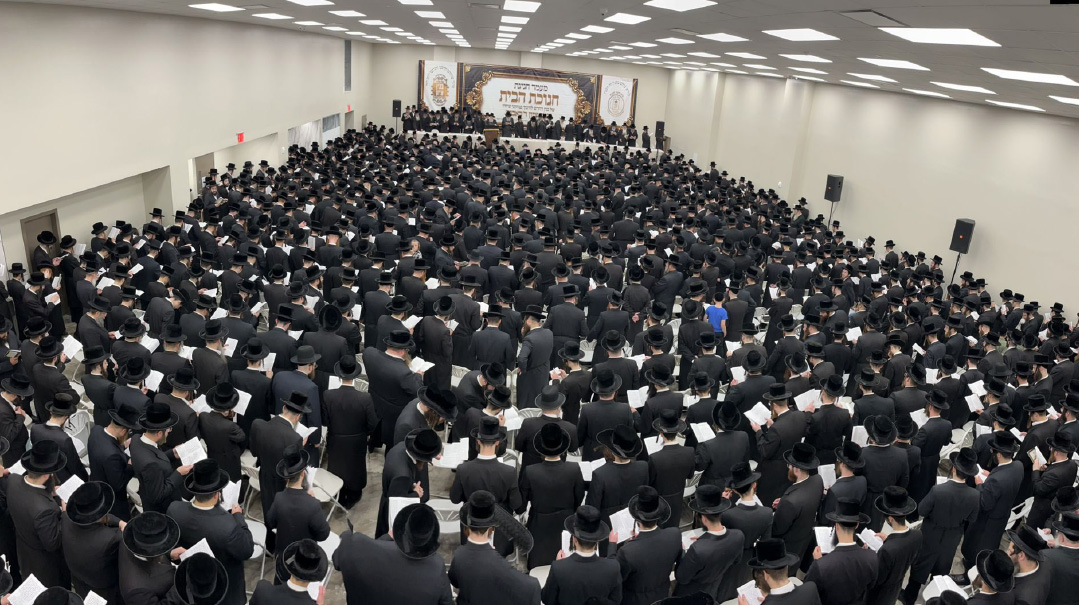
Living Higher
ON
Succos, we spend seven days dwelling in a structure that is simple, but fortified with so much kedushah. And although we move back into our homes at Yom Tov’s end, the conclusion of the chag needn’t signify a departure from heightened sanctity. We can strive to elevate our permanent homes as well.
This summer, the Bobover chassidus completed the construction of an additional, beautiful new building to house a portion of their flourishing Bnos Zion girls school. However, the hectic timing — the start of the school year and an intense pre-Yom Tov chasunah season — precluded a proper chanukas habayis to celebrate the $50 million building. Still, the Rebbe was adamant that he did not want the talmidos to occupy the building without first davening a tefillah for success.
And so, the Rebbe announced that while there was no time to arrange the typical festivities associated with a grand celebration, the chassidim would gather simply to daven that the school’s mission — to guide a new generation of bnos Yisrael to follow in the Torah’s ways — merit siyata d’Shmaya.
On the designated day, there were no colorful banners and no lively music, yet over 1,000 participants packed the room as the Rebbe himself led them in heartfelt prayer, readying the building for its new occupants.
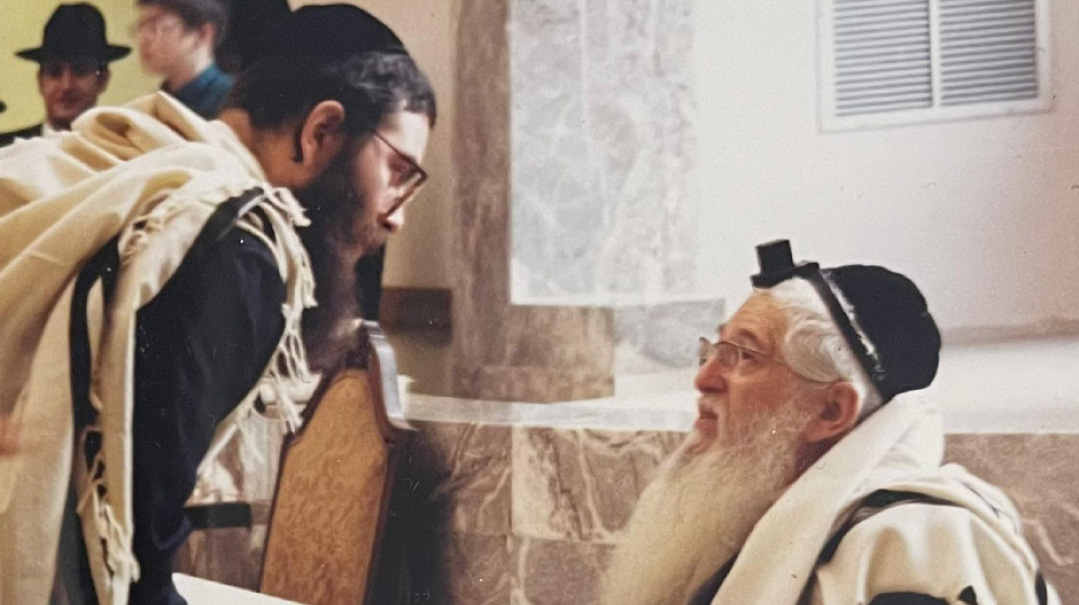
A Conduit for Honor
In Tribute: Rav Mordechai Zelig Schechter
IN his maamarim on Pesach, Rav Yitzchok Hutner discusses the function of the bechor. As the oldest child of a new generation, the younger siblings will afford him honor. It is the bechor’s job, explains Rav Hutner, to redirect that honor to his parents, where it rightfully belongs.
Students are like children, and Rav Hutner had hundreds of them. But from amid his scores of talmidim, one stood out as unique — a bechor of sorts. Rav Aharon Schechter succeeded his rebbi as the rosh yeshivah of Yeshivas Rabbeinu Chaim Berlin, where he taught, guided, and led thousands of his own talmidim. But as the quintessential bechor, Rav Aharon would redirect the honor to where it belonged; his rebbi, Rav Hutner, was ever present in his mind and in his heart, and he passed this reverence on to the next generation.
Rav Aharon passed away on the 7th of Elul, but he left a bechor of his own. Rav Mordechai Zelig, the oldest of the Schechter children, served as the mashgiach in Yeshivas Rabbeinu Chaim Berlin. He was a brilliant talmid chacham and a beloved role model who would regard each talmid as a unique individual and consider each situation that came before him with meticulous deliberation.
“He was an adam gadol,” recalls one talmid, “and he made others see their own gadlus within themselves.”
Yet great as Rav Mordechai Zelig was in his own right, he saw it as a focal point of his life’s mission to make his father’s Torah — known to be very deep and intricate — accessible to his talmidim. He would spend significant time clarifying the difficult points and explaining their true intention.
On the 7th day of Elul, Rav Aharon passed away, his soul ascending heavenward to rejoin his beloved rosh yeshivah. His job as the bechor was complete.
Less than a month later, on the 4th of Tishrei, Rav Mordechai Zelig passed away as well. He was the bechor of the bechor and now, his job was complete, too.
Rav Mordechai Zelig leaves behind a beautiful family and thousands of students who strive to live the elevated life that he did, and follow his example of a talmid chacham, yerei Shamayim, and a true bechor.
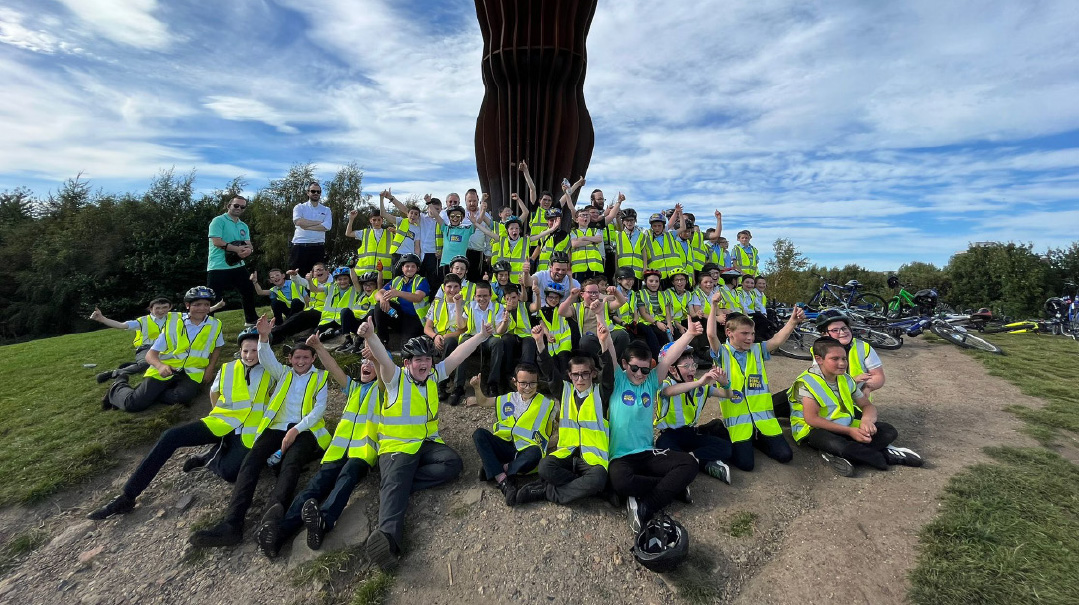
Higher than Angels
ON a peaceful hilltop overlooking England’s A1 highway stands a magnificent sculpture known as the Angel of the North. But perceptive drivers may have noticed the hilltop abuzz with activity one sunny day in September.
It all began when 11-year-old Yanki Elzas conceived the idea of a Junior Hatzola Bikeoff. With the assistance of a few friends and adults, Yanki arranged the ten-kilometer ride, beginning at the Gateshead Hatzola base on Gladstone Terrace and ending at the Angel of the North. The riders, who ranged from ages eight to 12, had to raise a minimum of £30 (about $37.00) to partake in the bike-a-thon, but collectively, the group succeeded in raising over £2,470 (about $3,059). Upon completing the ride, the boys were treated to a barbecue and pekelach, partially sponsored by GK Butchers and Stenhouse Bakery.
A malach is called an omed, one who remains stationary, while a human is a holech, always capable of moving forward in their spiritual growth. The contrast between the sculpted tower of weathering steel and the flushed faces of youngsters who had biked ten kilometers for the sake of others glaringly highlights this contrast. The Angel of the North stands tall and impressive, representative of a life that can neither wax nor wane. The bikers are the ultimate holchim, traveling ten geographical kilometers and a million spiritual ones.
(Originally featured in Mishpacha, Issue 980)
Oops! We could not locate your form.

